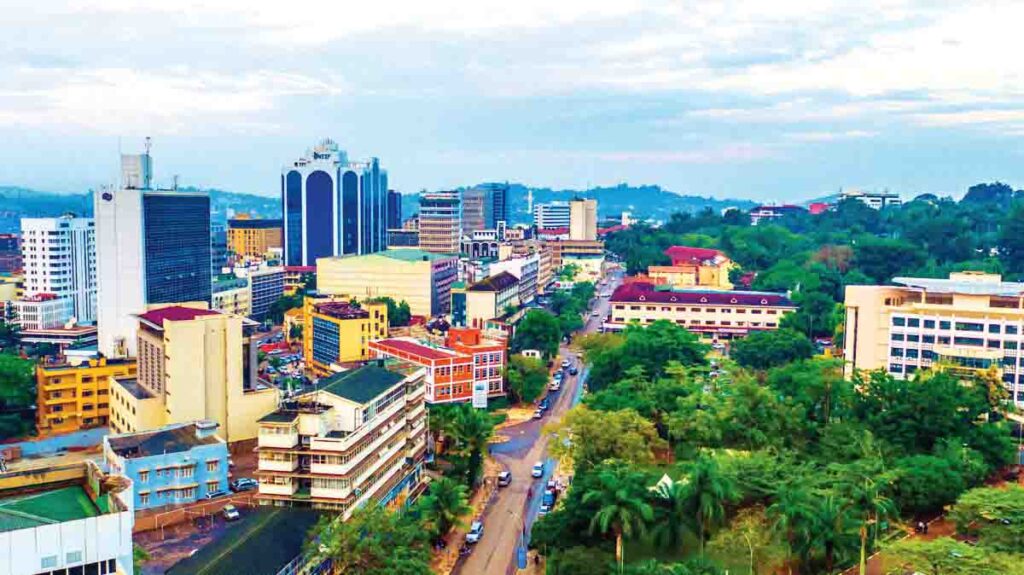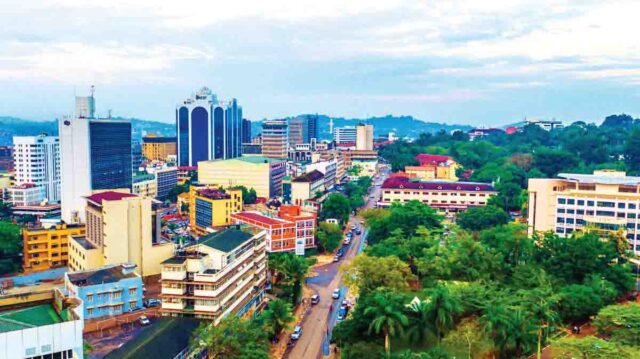By Lyn Feliciah
Urban development refers to the advancement of infrastructure for residential, business and other similar purposes as opposed to the use of land for agriculture.
There has been exponential growth due to the ever-growing population in urban areas around the world.
Urbanisation is one of the key and most significant developments that have affected human societies in recent times.
It is an inter-sectoral vision that involves all aspects of human society and the economy.
According to the 2017 National Urban Planning Policy report, Uganda is experiencing a high rate of urbanisation estimated at 5.2 per cent per annum. About 20 per cent of Uganda’s population lives in urban areas.
Effect on environment
It is unimaginable that urban development has any advantages to the environment.
Usually, it is thought of in terms of destroying nature in favor of infrastructure. However, urban development has some unexpected advantages to the environment.
It is proven that condensed urban areas reduce energy use.
Because of the increased number of vehicles, people tend to use public transport to reduce on the amount of time on the road.
It is also worthwhile to walk than drive. Hence, there is a reduction in carbon emission per person when less driving is done. In turn, the ozone layer and climate are protected.
Energy use is also low in terms of electricity. It requires fewer electricity poles to connect people in condensed areas than those in scarcely populated areas.
Disadvantages
According to Debrah Katamba, a land surveyor in Kampala, of urban development does more harm than good. A lot of land and nature, she says, is tampered with in a bid to build infrastructure.
Deforestation is on the rise during the process causing a change in the area’s climate if not taken care of.
Environmental degradation caused by urban development poses a threat to the remaining vegetation cover in the area.
Nutrients in the soil are lost making the land unsuitable for any form of agriculture.
In the long run, food production is reduced causing a rise in prices and eventually, total scarcity.
In the process of urban development, land and nature are tampered with in a bid to build infrastructure.
Deforestation is on the rise during the process causing a change in the area’s climate if not taken care of.
Environmental degradation also includes the destruction of natural water drainage. In turn, the cities are prone to flooding during rainy seasons.
In Kampala city, the narrow colonial roads, according to Uganda Road Sector Support Initiative cannot accommodate the ever-growing traffic.
This causes congestion and high rates of carbon emission in the city.

Positive outcomes
Debrah Katamba, a land surveyor in Kampala says with easy access to all essential amenities, a well-planned and thought-out city would greatly improve the health and quality of life of the people.
This in turn attracts more people into the urban areas forcing stakeholders to develop the nearby rural areas as well.
“Resources are utilized and distributed better when the rural areas are developed. There is creation of jobs and a lower cost of living hence growth in the economy,” she says.
Because both urban development and the environment are important to the world, there are few innovative ways to merge the two without causing any harm.
Andama Charles Ajuni, the District Environmental Officer in Nakasongola advises that a comprehensive physical plan should be put in place and should:
– Leave room for nature and wildlife. It should include areas like parks where green is allowed to grow and wildlife like birds are allowed to roam around. Trees and plants should also be planted on walkways.
– Designate places for industries to minimize air and water pollution caused by scattered industries.
– Designate roads for pedestrians, riders and motor vehicles. This also minimizes air pollution.
– Regulate the number of cars in the city to maximize carbon emission that disrupts the ozone layer. Alternatively, cars that use a different source of energy from electricity can be introduced.
– Designate residential areas to avoid overpopulation all over the city. This improves sanitation and the general health of the population.
– Have a water management plan. The natural cycle of water revolves around vegetation and water bodies.
Rainwater is absorbed by the vegetation and infiltrates the ground to recharge the underground aquifers.
Alternatively, it runs down streams or rivers at a standardized rate.
Ajuni also insists on having a proper waste management plan in addition to the water management plan.
According to him, there must be well-designed and managed landfills with appropriate means of waste collection, like trucks, around the city.
The population must also be sensitized on how to sort their waste before collection.






















